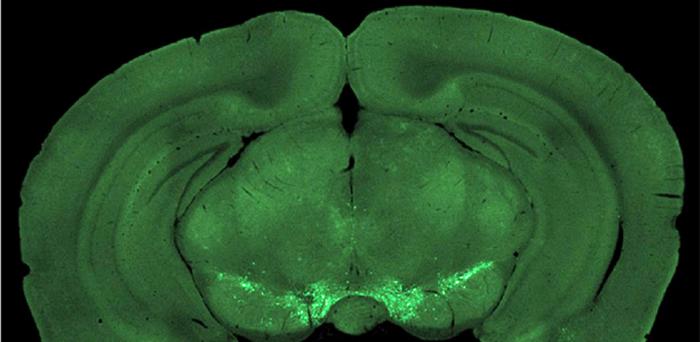Ever wondered how your brain decides when to act? Initiating actions with a specific goal in mind is a complex process. Previous research has identified certain parts of the brain and chemical signals involved. However, it remains unclear what information these signals convey and how they spark initiative.

Credit: M. Ohtake, K. Abe, M. Hasegawa, T. Itokazu, et al., doi 10.1117/1.NPh.11.3.033408.
Ever wondered how your brain decides when to act? Initiating actions with a specific goal in mind is a complex process. Previous research has identified certain parts of the brain and chemical signals involved. However, it remains unclear what information these signals convey and how they spark initiative.
Recent research reported in Neurophotonics dives into this mystery by investigating how mice time their actions in pursuit of rewards, exploring the role of a specific brain pathway called the mesocortical pathway, in the context of self-initiated movement.
They created a task for mice where they could press a lever at will and receive a reward. The mice would receive a better reward if they waited longer before pressing. The research team found that a certain type of brain signal, mediated by dopamine and its “D2” receptors, plays a crucial role in these self-timed actions. That brain signal kicks into gear just before the mice decide to press a lever but, surprisingly, doesn’t fire up when the mice respond to cues.
To understand better why that might be, the team used a novel imaging technique to observe the activity of these brain signals — just before the mice initiated their actions. They discovered a gradual increase in activity in certain parts of the brain about half a second before the self-timed presses. Remarkably, this increase in activity occurred regardless of whether the mice pressed the lever quickly for a small reward or waited for a larger one.
According to senior author Takashi Sato, principal investigator in the Sato Brain Lab at the Medical University of South Carolina, “These findings offer tantalizing clues into the brain’s inner workings and contribute to a deeper understanding of how brains control goal-directed behavior.”
The research results raise some interesting questions: How might disruptions in the dopamine-mediated signaling pathway affect an individual’s ability to time their actions effectively? Are there parallels between the mechanisms observed in mice and those at play in human decision-making processes? Could manipulating dopamine receptors lead to novel interventions for conditions characterized by impaired impulse control, such as addiction or ADHD?
For details about the research advance, see the original Gold Open Access article by M. Ohtake, K. Abe, M. Hasegawa, T. Itokazu, et al., “Encoding of self-initiated actions in axon terminals of the mesocortical pathway,” Neurophotonics 11(3), 033408 (2024) doi, 10.1117/1.NPh.11.3.033408.
The article appears in the Special Section on Understanding of Neural Circuits with Neurophotonics, edited by Hiroshi Makino, Jennifer Li, Drew Robson, and Spencer LaVere Smith, (in progress) in Neurophotonics Volume 11 Issue 3.
Journal
Neurophotonics
Article Title
Encoding of self-initiated actions in axon terminals of the mesocortical pathway
Article Publication Date
9-May-2024



